Ernst Wild
출생 : 1930-09-28, Alt-Rohlau, Czechoslovakia

Self

Self
Over twenty-five years after his death in July 1989, the controversial Austrian conductor Herbert von Karajan remains an enigma. He was the most successful conductor in the history of classical music. Many of his recordings - of Italian opera, of Wagner and Richard Strauss, of Sibelius, Beethoven and Brahms - are treasured by music lovers around the world. Yet, even at the peak of his fame, his performances were variously criticised for being too opulent, too manicured, lacking warmth or spiritual depth. This musical profile explores the many paradoxes in the life and music of this controversial figure, who forged his international reputation in London with the Philharmonia Orchestra shortly after the end of the Second World War and went on to reign supreme in the classical music world during his three decades with the Berlin Philharmonic. The film also examines Karajan's belief in the visual power of music, and his determination to leave behind a substantial legacy of music on film.

Self
Documentary on conductor Herbert van Karajan, focusing on his early adoption of audio and video recording technology and his impetus to make use of it to preserve his musical legacy for future generations.
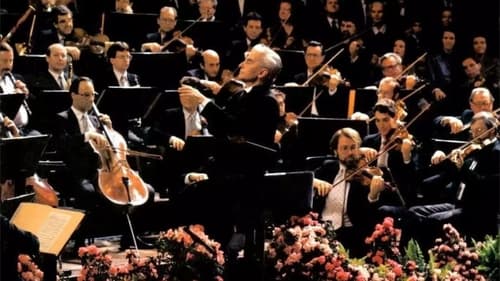
Director of Photography

Director of Photography
A production of Strauss' opera 'Der Rosenkavalier' performed at the Saltzburg Festival in 1984. Includes the Vienna State Opera Choir, the Philharmonic Orchestra with singers Wilma Lipp, Anna Tomowa-Sintow and Agnes Baltsa. Conducted by Herbert Von Karaja

Director

Director
Premiered in 1806, Beethoven’s Violin Concerto in D Major paved the way for three great violin concertos of the 19th and 20th centuries: Brahms, Tchaikovsky, and Sibelius. Extremely expressive and astonishing in it emotional scope, the work nonetheless received an ambivalent response at its premiere. Renowned for his knowledge of Beethoven’s oeuvre, the conductor Herbert von Karajan and the Berliner Philharmoniker are joined by the virtuoso violinist Anne-Sophie Mutter for a masterful performance.

Additional Photography
{1941년 9월 프랑스 라 로셀(La Rochelle). 히틀러가 영국 봉쇄를 위해 편성한 잠수함대가 열세를 보이기 시작했다. 영국 상선을 호위하는 구축함은 갈 수록 무장을 강화하여 독일 잠수함에 타격을 가했다. 그래도 독일군 최고사령부는 잠수함을 포기하지 않아 시간이 지날 수록 오히려 어린 수병들을 태워 점령지 프랑스로부터 출격시켰다. 결국 대서양을 지배하려는 싸움은 독일을 외면했다. 2차대전 중 4만 명의 수병이 유보트(U-Boats)라 불리는 잠수함에 투입되었다. 그리고 3만 명이 돌아오지 못했다.} 독일군의 패전 기미가 감돌던 1941년. 대부분 전쟁을 경험하지 못한 젊은 신참 병사들이 승선한 잠수함 U-96. 영화는 먹고 마시고 춤추는, 마치 내일이 없는 듯한 병사들의 모습에서부터 시작된다. 그러나 시간이 흐를 수록 잠수함이라는 한정된 공간에서 오는 답답함과 우울함이 이들을 엄습하기 시작한다. 그러던 어느 날 처음으로 적군의 군수물자운반선을 호위하는 영군군함과의 교전이 벌어지고, 아수라장의 싸움을 간신히 승리로 이끈 이들은 비로소 전쟁의 진실과 맞닥뜨리게 되고 공포에 사로잡힌다. 크리스마스가 다가올 무렵 그들에게 또 하나의 명령이 떨어진다. 그들로서는 도저히 불가능할 것만 같은 작전. 영군군의 본거지인 지브롤터 해협을 통과해야 하는 것이다. 자살 명령이나 다름없는 작전을 수행하기 위해 적지한 가운데로 향하는 U-96. 그러나 마음의 준비도 되어있지 않은 상태에서 적군(영국군)은 공중에서 폭탄을 투하하기 시작하고, U-96은 크게 파손되고 만다. 설상가상으로 기계는 고장이 나 심해 깊은 곳으로 처박히고 마는데.
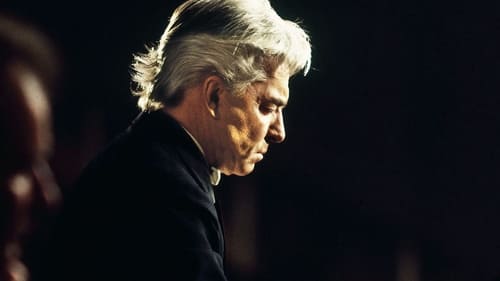
Director of Photography
Karajan conducts these symphonies with eyes closed, often intently enraptured by the music, smiling occasionally when a passage or solo sounds just right to his ear. He conducts Brahms with a greater sense of urgency than does Bernstein: the First symphony is 11 minutes shorter as conducted by Karajan! Nothing is rushed but there is what can only be described as emotional compression, an intensity of expression that sounds quicker than Bernstein's performances.

Director of Photography
This 1978 studio production of the prologue to Wagner's masterpiece is the only segment of the famous Salzburg Festival/Metropolitan Opera productions, first seen in the 1960s, that made it to film. Based on one of those original productions, Georges Wakhevitch produced stage settings and transformations that supported Karajan's concept with every possible means. Herbert Von Karajan's staging is in the epic style of another age, emphasizing the dignity of the gods rather than their all too human failings. With the singers - foremost among them Peter Schreier - Karajan had an ensemble that fully conformed to his intentions.

Director
The gypsy Azucena (Fiorenza Cossotto) takes revenge for her mother who was accused of putting a curse on one of the old Count di Luna's two sons: she decides to abduct the younger child and throw it in the flames. But when she is about to carry out this fatal act, the gypsy sacrifices her own child and keeps the old Count’s son, whom she names Manrico (IL TROVATORE, Plácido Domingo). Later, as adults, the troubadour Manrico and the Count di Luna’s elder son (Piero Cappucilli) do not know each other, but become rivals for the beautiful Leonora (Raina Kabaivanska). Manrico succeeds in winning the young woman’s heart, and she sacrifices herself for him, deceiving the Count’s son. Mad with jealousy, the latter orders the execution of the troubadour in front of his mother. Azucena reveals to him that Manrico was his brother. This legendary performance of Giuseppe Verdi's most successful opera was recorded at the Vienna State Opera under the baton of Herbert von Karajan.
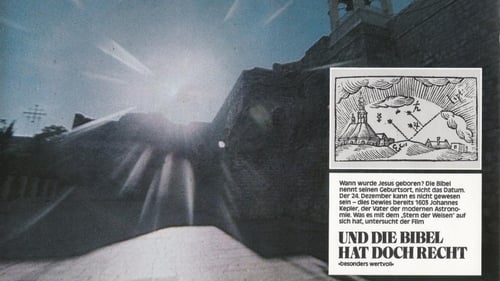
Cinematography
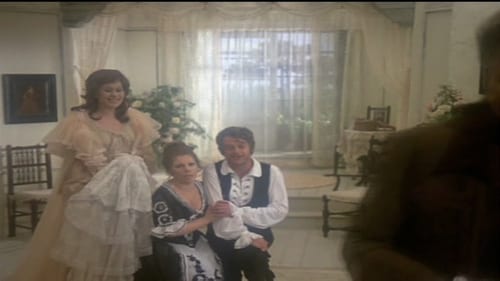
Director of Photography
Mozart's Marriage of Figaro is a comedy whose dark undertones explore the blurred boundaries between dying feudalism and emerging Enlightenment. Herman Prey's Figaro is admirably sung in a firm baritone and aptly characterized. So too, is his antagonist, Dietrich Fischer-Dieskau as the Count perpetually frustrated by the scheming wiles of Figaro and Susanna, here the perky Mirella Freni, who sings and acts like a dream. The Countess is creamy-voiced Kiri Te Kanawa, and the Cherubino, Maria Ewing, looks just like the horny, teenaged page she's supposed to be. The all-star leads are complemented by worthy supporting singers, the Vienna Philharmonic at the top of its form, and the experienced Mozartian, Karl Böhm conducting a stylishly fleet performance.

Director of Photography
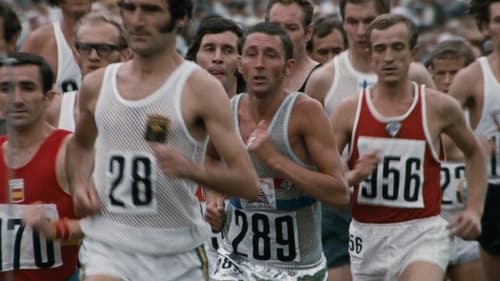
Director of Photography
Eight acclaimed filmmakers bring their unique and differing perspectives to the 1972 Summer Olympic Games held in Munich. The segments include Lelouch's take on Olympic losers and their struggle to remain dignified even in the face of bitter disappointment and defeat; Zetterling's dramatic exploration of the world of weightlifting; and Pfleghar's piece on young Russian gymnast Ludmilla Tourischev's majestic performance on the uneven bars.
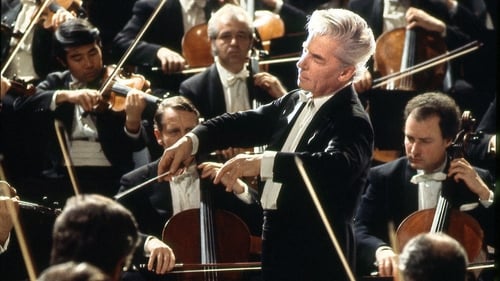
Cinematography

Director of Photography
Herbert von Karajan directed this film of Verdi’s Shakespearan masterpiece as well as conducting the Berlin Philharmonic. As the tragic Moor of Venice, arguably his greatest role, John Vickers (in the words of critic David Cairns) "commands both the notes and the moral grandeur of the part. … And he has the aura of greatness – greatness of heart, of bearing, of musical and dramatic conception". Mirella Freni is a heartbreakingly lovely and fragile Desdemona, while the fine English baritone Peter Glossop plays the villainous Jago.

Director
Count Almaviva is in love with Rosina. However, she is currently staying with Dr. Bartolo – who desires to marry her. By using a series of disguises, Almaviva manages to pass letters to Rosina and serenade her with his beautiful voice. Dr. Bartolo does his best to stop Almaviva but is constantly thwarted. In the end, Count Almaviva marries Rosina and Dr. Bartolo comes to terms with his defeat.

Director of Photography
Captain Ebbs is an older, experienced seaman who has, however, only sailed on freighters. While his current old barge, the Martin Luther, has to go into the shipyard for an overhaul, the shipping company gives him command of the elegant cruise ship Julia to temporarily replace a colleague who has fallen ill. The rough Ebbs finds his way into his new job only with difficulty and initially puts his foot in his social mouth.

Director of Photography

Director of Photography
Beethoven's opera Fidelio, conducted by Karl Böhm, featuring Gwyneth Jones as Leonore and James King as Florestan

Director of Photography
A promotional concert film made for promoting and introducing Moscow to foreigners.

Director
A 1968 production of Hans-Werner Henze's comic opera filmed at Berlin's Deutsche Oper. With the plot centering around how a whole town is deceived into taking a dressed monkey as a young lord, the work features performances from, among others, Edith Mathis, Donald Grobe and Barry McDaniel. Christoph von Dohnányi conducts.

Director of Photography

Director of Photography
This spectacular opera film was taped in 1967 and is based on the 1966 Salzburg Festival production directed by Herbert von Karajan himself, who also conducts the fabulous Vienna Philharmonic Orchestra. The production features the three greatest exponents of their respective roles at the time: Grace Bumbry’s magnificently seductive-toned Carmen, Mirella Freni’s ineffably lovely, touching Micaëla and Jon Vickers’s thrillingly manic-depressive Don José. On its release the film was hailed by Die Presse, (Vienna) as a “unique artistic event”, while Le Monde felt that Karajan’s production brought “a whole new dimension” to the opera, “combined with a magisterial interpretation”. A classical and utterly dramatic approach to probably the world's most beloved opera – Karajan’s Carmen is as much a delicacy for opera fans as it is a perfect starter for newcomers.

Director of Photography
A young man is chosen by a magazine company to be a modeled into a public heart-throb while being dogged by a persistant reporter out to expose the fraud the company is putting out.
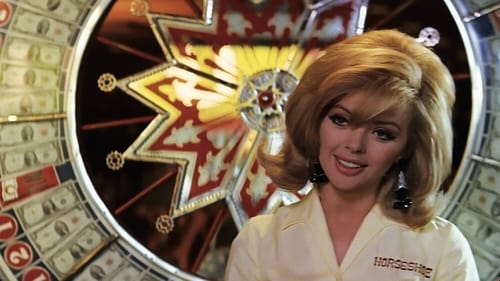
Director of Photography
An international gang of gun dealers in the USA has stolen the prototype of a laser rifle from a German laboratory. The FBI agent Cormoran is being sent to recover the state-of-the-art and highly effective weapon. But there are some indications that he has defected to the enemy. Since agent 007 is currently on another mission, the chief of intelligence has to fall back on his second best man, the previous number 006. And so the German secret agent John Krim is given the assignment to get the rifle back, find evidence of Cormoran’s treachery and finally eliminate the colleague. Krim’s journey takes him across the ocean, and there he experiences incredible adventures in San Francisco, Los Angeles and Las Vegas. Two women get in his way, and Krim can’t be sure whether he can trust them or whether they too are working for the other side.
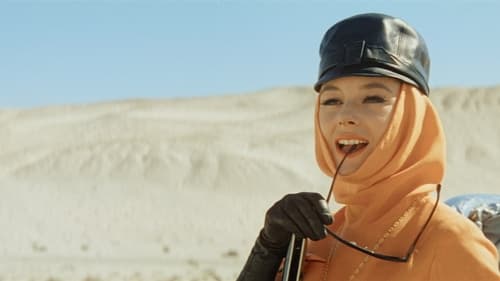
Director of Photography
Detective C.G. (Klaus-Juergen Wussow) begins to investigate the death of an attractive woman (Heidelinde Weis) whose naked body was found in Beverly Hills. When he recovers her journal, he is taken into her past where he finds that she lead a sexually promiscuous life. Perhaps in the pages of the diary will be a clue to her killer's identity. This thriller was the first German feature to be shot in Hollywood after WWII as well as the first feature for German television director Michael Pfleghar. Based on a bestselling novel by Curt Goetz, Die Tote Von Beverly Hills/The Corpse of Beverly Hills was adapted to the screen only a few short years after his death.

Director of Photography
An Interpol agent fighting smugglers in Istanbul.

Cinematography



















